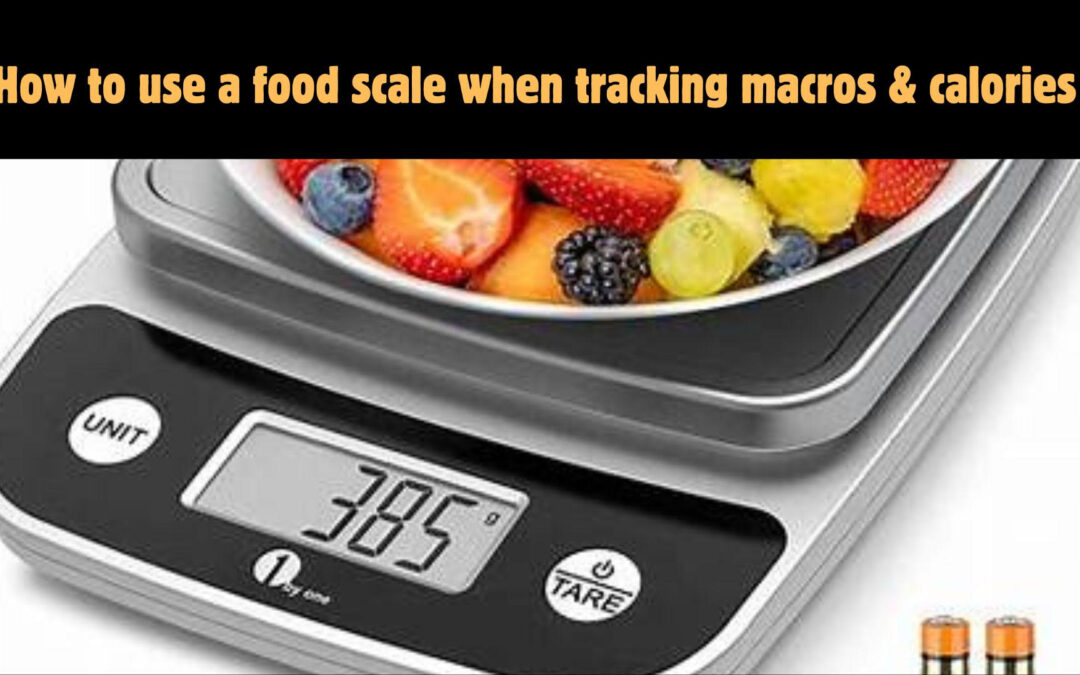How to Use a Food Scale – Tips & Tricks
Using a food scale is the most accurate way to measure your food when tracking. It also takes the guesswork mostly out of the picture. They’re not expensive! You can find great ones for $15 on Amazon.
There are essentially two methods for weighing your food. Let’s break it down…
Gray’s Favorite Method – Uncooked
For me, I hate thinking about any external variables when weighing food (like water, oils, etc). Anything that eliminates guesswork is a friend in my book. Therefore, I weigh everything uncooked.
With meats, the weight is on the packaging, which makes proteins extremely easy. I like to double check the weight (always a good idea), I’ll weigh the entire package then remove the protein from the package and weigh the empty package.
With grains, I’ll place a measuring cup on the scale and zero out the scale. Pour the grains into the measuring cup until the desired serving is reached.
For potatoes, I place the whole thing on there! If you choose to skin it, weigh after you skin it.
When tracking, do not select any items that say cooked. Track oils, sauces, dressings separately.
Josh’s Favorite Method – Cooked
Josh prefers cooking food before weighing. Here, you’ll want to make sure you select the cooked option with tracking. As before, track oils, sauces, dressings separately.
With meats, cook until finished, put a plate or bowl on the food scale, zero it out, then add your protein.
With grains, same as above. It’s helpful to try to use the same amount of water with the same serving size each time.
Both methods work! But stay consistent inside of ONE method, with the exception of tracking cooked items when you’re out to eat.
Tips and Tricks for Other Food Items:
- Weigh EVERYTHING, especially when you’re new to this! Get to know serving sizes. This will better assist your tracking while you’re eating out and/or on vacation. And eventually, it will help you progress to eating appropriate sizes mindfully if you wish to stop tracking.
- Make sure you’re using the appropriate measuring unit (oz, grams, fl. Oz, etc).
- For “sticky” foods in a jar (nut butters, jams), put the entire jar on the scale and remove the food with a spoon. You can zero it out and find your desired serving in the negative number (i.e. if you wanted 28g of peanut butter, you would reach -28g on the food scale). Or you can take the whole number and remove the desired serving and then subtract that weight from the total jar weight.
- For sauces and dressings in jars and bottles, add a measuring cup to the scale and zero it out. Add desired amount to measuring cup.
- For smaller pastas, weigh like grains above.
- For longer pastas, you can place a paper towel on the scale and zero it out. Then add the desired serving size.
- For most other foods (fruits, veggies, snack foods), add a plate or bowl to the scale and zero it out. Add desired size. I like to keep a few paper plates or bowls in the house to use. You can also use your plastic Tupperware for this!
- For oils that are small serving sizes, I typically just use a tbsp or tsp measuring cup. Weighing can be tough because if you pour too much, you might not be able to get it back in the bottle!
- For other liquids, like drinks, put a cup on the scale, zero it out, pour desired amount into the cup! Hello wine!!!! That serving size you poured blindly is more than 5oz!!!

